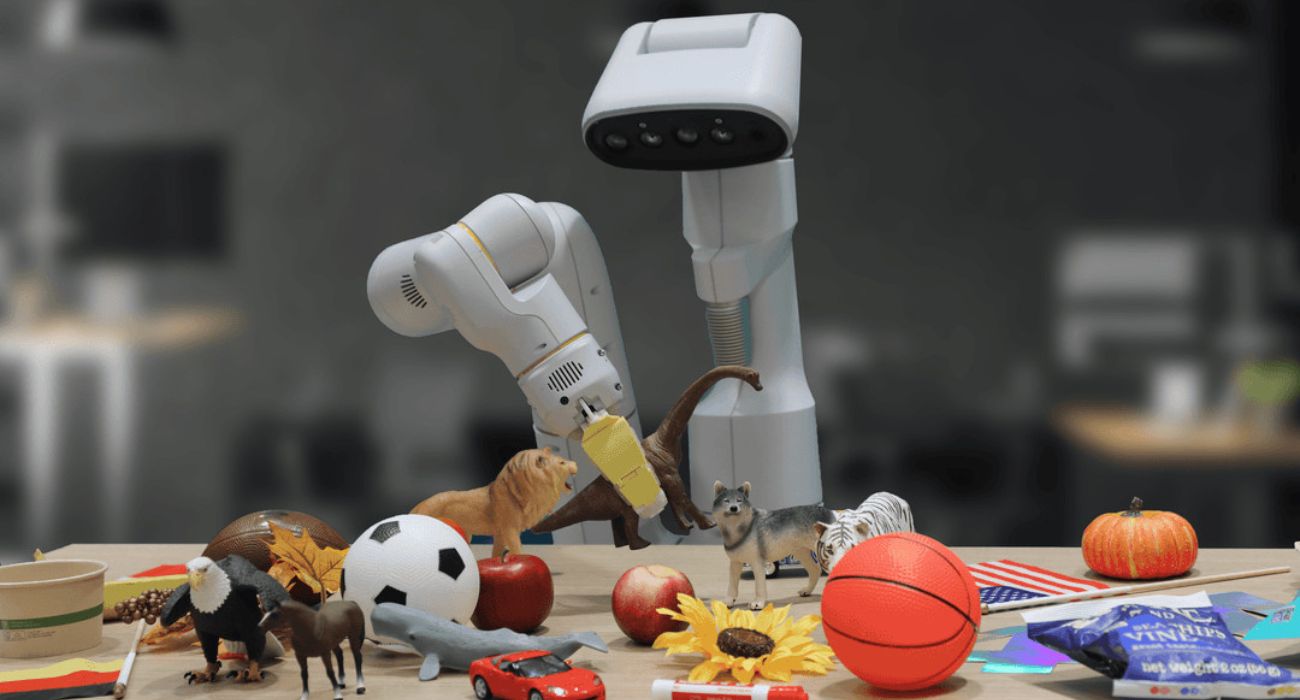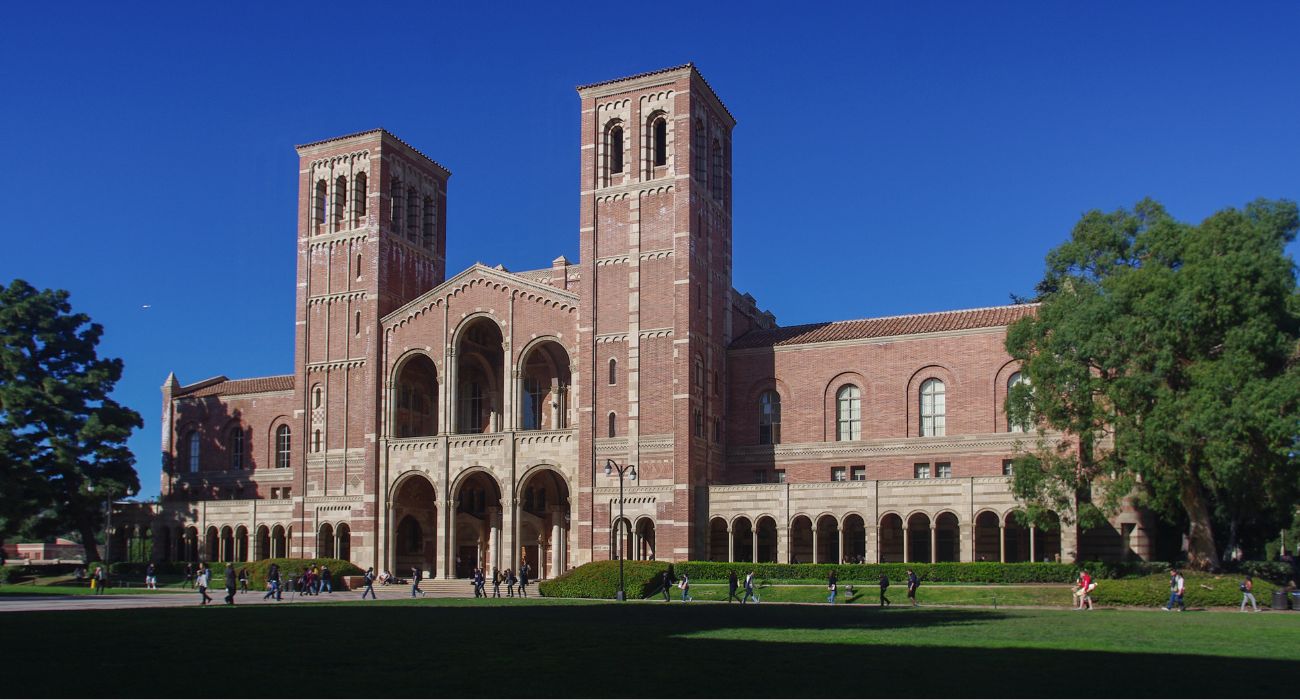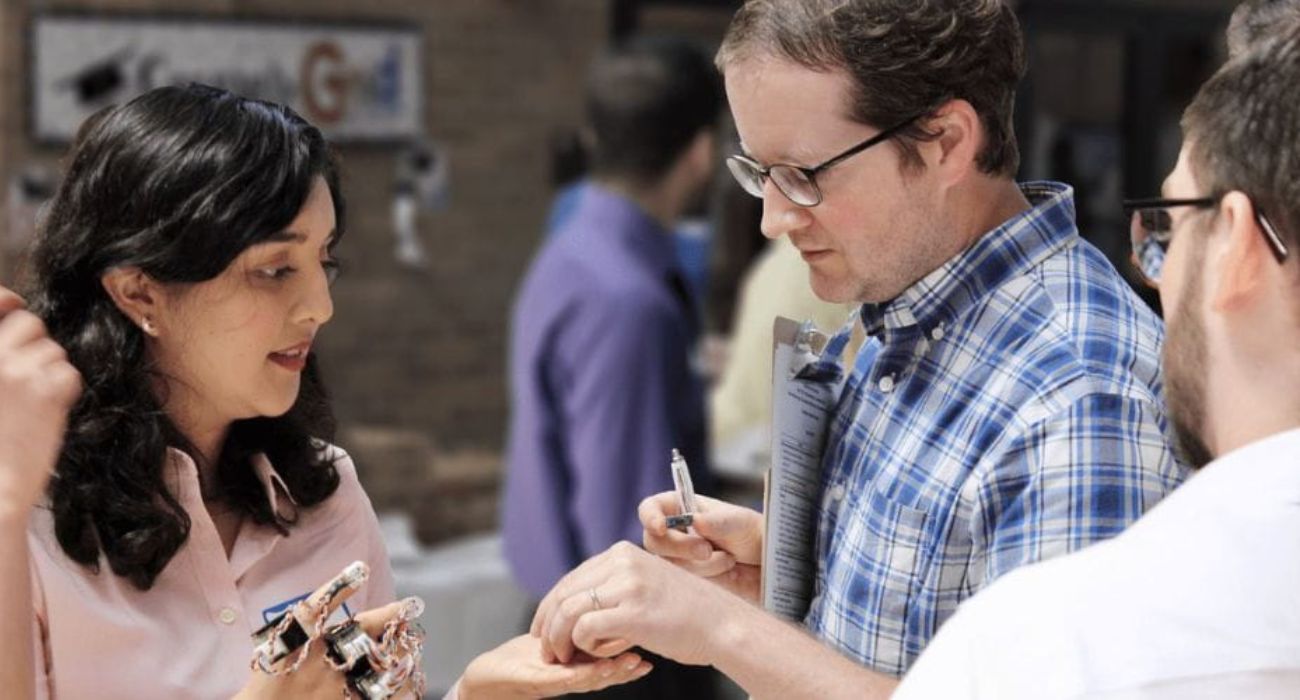Google has revealed its most powerful AI model yet, one that could usher in a new era of general-purpose robots that can reason, problem-solve, and interpret complex information.
On July 28, Google’s DeepMind blog unveiled Robotic Transformer 2 (RT-2), a “novel vision-language-action (VLA) model that learns from both web and robotics data, and translates this knowledge into generalized instructions for robotic control.”
Unlike Google’s previous RT-1 model, which was only capable of performing preprogrammed tasks, RT-2 is capable of interpreting and carrying out commands not present in the robot training data, such as “deciding which object could be used as an improvised hammer (a rock), or which type of drink is best for a tired person (an energy drink).”
RT-2 does this by using “improved generalization capabilities and semantic and visual understanding.”
Unlike standard chatbots, AI models need their abilities grounded in the real world, according to Vincent Vanhoucke, senior director of robotics at Google DeepMind and author of a blog post titled “Speaking robot: Our new AI model translates vision and language into robotic actions.”
“Their training isn’t just about, say, learning everything there is to know about an apple: how it grows, its physical properties, or even that one purportedly landed on Sir Isaac Newton’s head. A robot needs to be able to recognize an apple in context, distinguish it from a red ball, understand what it looks like, and most importantly, know how to pick it up,” he wrote in the blog post.
“That’s historically required training robots on billions of data points, firsthand, across every single object, environment, task, and situation in the physical world — a prospect so time-consuming and costly as to make it impractical for innovators,” wrote Vanhoucke.
In Google’s July 28 report, DeepMind notes that RT-2 excelled in multiple categories compared to previous AI models, including understanding, reasoning, human recognition, and average task time.
Although AI has the power to revolutionize humans’ way of life and usher civilization into a new dawn of technological advancement, a coalition of non-governmental organizations has raised concerns about the threats AI poses to human beings.
The coalition’s campaign, Stop Killer Robots, calls for a “new international law on autonomy in weapons systems.”
“From smart homes to the use of robot dogs by police enforcement, [AI] technologies and automated decision-making are now playing a significant role in our lives. At the extreme end of the spectrum of automation lie killer robots,” the coalition claims on its website.
In June, Elon Musk stressed the need for AI regulation, noting how legislators typically write laws only after something goes wrong.
“There is a real danger for digital superintelligence having negative consequences,” Musk said during a Paris VivaTech event.
As far as military applications for AI, U.S. Joint Chiefs of Staff Chairman Gen. Mark Milley claims the automation of armies is around the corner and will be ubiquitous in advanced countries in about 10 to 15 years.
“If you add robotics with artificial intelligence and precision munitions and the ability to see at range, you’ve got the mix of a real fundamental change,” he said during a March discussion with Defense One, reported The Epoch Times. “That’s coming. Those changes, that technology … we are looking at inside of 10 years.”






